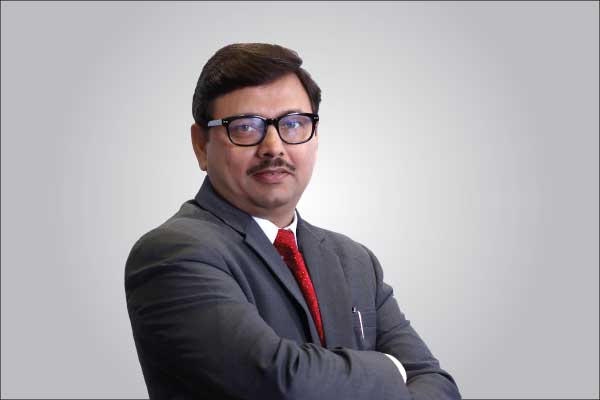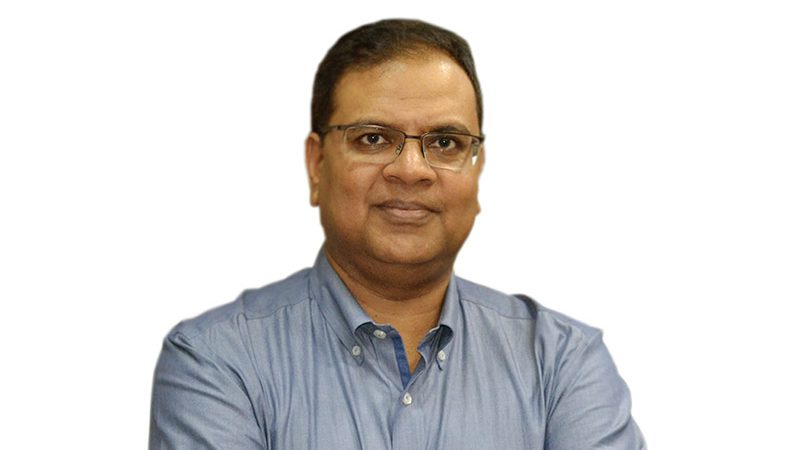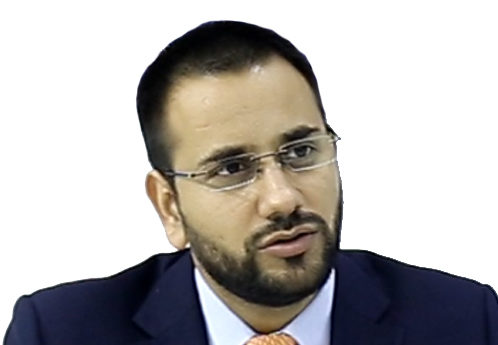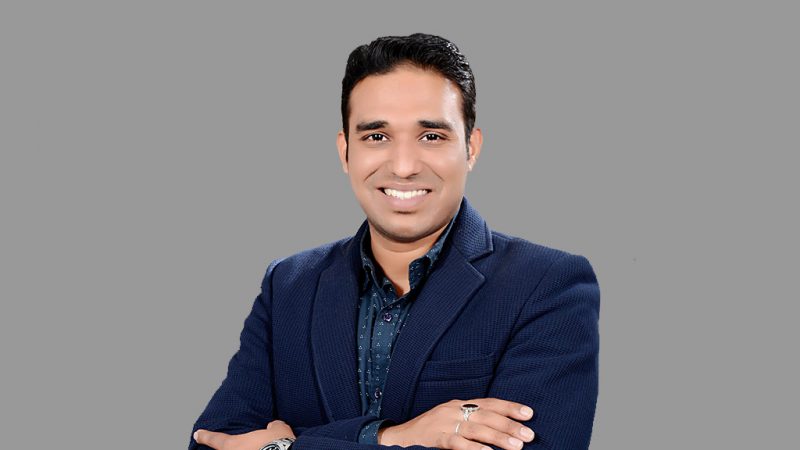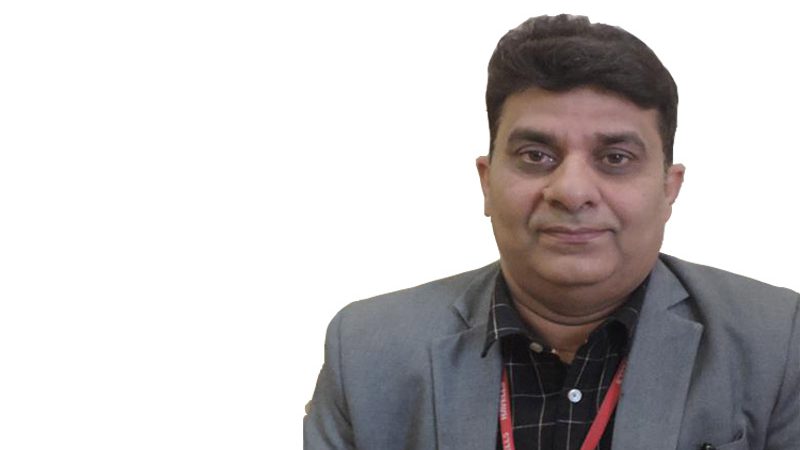Interview – Mr. Ivan Saha – BU Head Solar Manufacturing & CTO – Vikram Solar
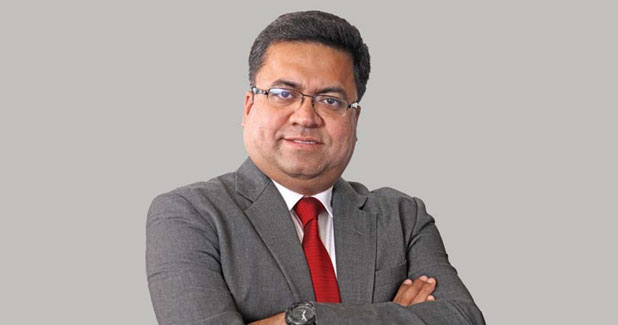
How do you look at the growth witnessed by PV Module market in India over the past few years? What has been VikramSolar’s cumulative supply (MW) of module in India till date? What targets have you set for the current financial year?
From meagre 10 MW in 2009 to ~21 GW of installed solar capacity in India in Q1 2018 is a tremendous feat. It clearly portrays the initiatives, policies, and encouragement the Government of India has given has taken effect.
In 2017, India (capacity addition ~6 GW) overtook Japan (5.8 GW) and became the third top solar market. And understanding the potential for growth in future, Government of India paved the way for large utility scale solar installations in India by focusing on solar parks (approving Rs 8,100 crore for 50 solar parks), inviting bids of 20 GW (cumulative capacity) projects in 2018, and bringing plans for auctioning 5-10 GW of floating solar power projects in 2018, leading International Solar Alliance and taking other policy reformations to facilitate growth.
However, considering that India still has to install nearly 15 GW of solar every year for next 5 years in order to reach its targeted 100 GW by 2022, the efforts need to be increased. Also as a matter of fact, the recent increase in India’s solar PV market has not supported domestic manufacturing growth, which was intended in the Make in India and energy reliance vision.
More than 85% of the solar panels used in the growth were imported, which allowed foreign suppliers a bigger claim in domestic market than Indian manufacturers. More and more importing solar modules has brought the issue of quality, increased forex outflow (more than $3 bn in FY 2017-18 was spent to import solar modules). Only domestic manufacturing in solar will boost the job market in India. So, although, there are opportunities and Government of India is focusing on building solar capacity, the growth needs to be channelled through domestic manufacturing, so that it can improve national socio-economic targets.
We have supplied 1.2 GW module shipped globally till FY 17-18. For FY 18-19, we have plans to focus on rooftop solar growth along with utility solar projects within country and globally. We have already completed more than 190 rooftop solar installations and have a EPC portfolio of more than 750 MW within the country and will work towards contributing to the solar revolution in India.
Tell us about your company’s manufacturing capabilities? Also, brief us on your and key product offerings and its unique features that help you establish a strong foothold in the market?
The company has reached 1 GW mark of annual PV Module production capacity in 2017. In line with the company’s focus on adopting pioneering and innovative technologies, our manufacturing facility has the finest machinery and equipment imported from United States, Switzerland, Germany and Japan. Our products are designed to the highest standards of quality, reliability and performance.
We offer solar PV modules within the range of 10 Wp to 370Wp to our customers. In 2014, we introduced PERC technology-based modules. We focus on manufacturing high-efficiency poly-crystalline and mono-crystalline silicon PV modules. In 2017, we introduced our line of mono-crystalline module with higher energy generation capacity (at least 10% more than poly crystalline modules). It is named ‘SOMERA’.
Besides providing modules, we offer comprehensive EPC services ranging from conceptualization, execution, commissioning and acquisition of developed sites. We also offer O&M solutions providing preventive and corrective maintenance services for solar plants. We intend to start production of Smart Modules, AC Modules, Bi-facial, and Half cell modules by Q3 FY18-19.
The PV module market has seen a continuous advancement in technology over the recent years to achieve higher efficiency? What has been your contribution in this area, so far?
At first Multi Al BSF (back surface field) modules arrived in the market. Then Mono Al BSF (back surface field) modules in the Indian market accompanied them. However, the need for continuous innovation led the industry toadopt high efficiency technologies like Passivated Emitter and Rear Cell (PERC). In the future, next generation technologies like bifacial, HJT and back contact with higher efficiencies will come to the market.
PERC cell based modules showcased incredible improvement in energy yield.Both multi and mono PERC modules are available in the market, but mono PERC offers less degradation and more energy output and seem set to capture the market in the near future. Currently, Mono-PERC modules has high demand in the Indian solar market, but the need for constant improvement of energy yield, better performance, and durability of modules have led the industry leaders to focus on technologies like- Smart Modules, Ac Modules, Bi-facial, and Cut-cell modules.
Being in favour of innovation and understanding its importance to quickly make solar a mainstream energy source, we introduced a Mono-Crystalline module ‘SOMERA’ that features PERC technology, has higher energy generation capacity, and lower LCOE.
Vikram intends to start production of Smart Modules, Ac Modules, Bi-facial, and Cut-cell modules by Q3 FY18-19.
What is your say on the challenges faced by the domestic industry on account of rising imports? In your view, what corrective measures are needed to save the domestic manufacturing sector that is on the verge of collapsing?
India aggressively invested in solar because solar could power the furthest corners of the country, reduce energy bills, push the country towards its GHG emission reduction targets and its globally growing market would help India to earn profit- satisfying energy and economy of our country.
However, more than 85% of the module demand in the country has been met by imported modules, presenting a bill of $3 bn in 2017. This has been going on for years, and it has cornered the domestic manufacturers allowing foreign players to dominate the Indian market. This has led to decreased demand for domestic PV products and low capacity utilization rates. Dumping of low quality modules from foreign manufacturers is a growing concern. There should be stricter quality norms for projects auctioned by government authorities and steps must be taken to check adherence to these.
As a domestic manufacturer, we bear the responsibility to offer quality, performance, and innovative technology and help the Indian solar revolution become a success. However, influx of low quality imported modules at very low prices is hurtingus and other domestic manufacturers. Like other domestic manufacturers, we had appealed to Government of India for imposing anti-dumping duties of imported modules, for years now. And we are hoping for a resolution in our favour soon.
It is noteworthy in this context, that global markets like USA, Europe, have imposed anti-dumping duties to ensure quality and sustainability of their solar development. India is finally following these footsteps and we have highhope for the future where we can get a level playing field to go toe-to-toe with foreign suppliers.
Where do you see Vikram Solar in the Indian market by 2020? What are your future plans?
Vikram Solar has always been focused on quality, innovation, and performance. Vikram Solar is the first company to gain recognition as Tier 1 Module manufacturing company in India by Bloomberg New Energy Finance. Our modules also featured among the best performing in DNV GL’s Product Quality Program (PQP) in 2017.
Vikram Solar has its state-of-the-art manufacturing facility in Falta, West Bengal with a scope for further expansion in Phases.Within 12 years, Vikram Solar has successfully handled projects of different requirements, capacities, and in various geographical locations with ease.
We have contributed to Indian solar growth by handling utility scale projects (e.g: 130 MW for NTPC at Bhadla, Rajasthan; 80 MW for GIPCL at Charanka, Gujarat; 40 MW for IL&FS at Kachaliya, Madhya Pradesh), rooftop projects (over 190 projects commissioned), innovative projects (India’s first floating solar), and airport installations (Calicut, Kolkata, Kochi).
Currently we have more than 750 MW capacity projects (installed + under execution) EPC portfolio and have commissioned more than 190 rooftop solar projects in India. Our focus towards innovation, dedication to uphold quality, performance and customer centricity will surely help us lead in the evolving market and allow us to penetrate conservative client circles.
We have elaborate plans to focus on rooftop solar growth along with utility scale solar installations in future. We have also been very successful at satisfying international clients with our best-in-class products. And we are sure that we will claim a larger portion in contribution to the national and global solar sector in 2020 and beyond.



